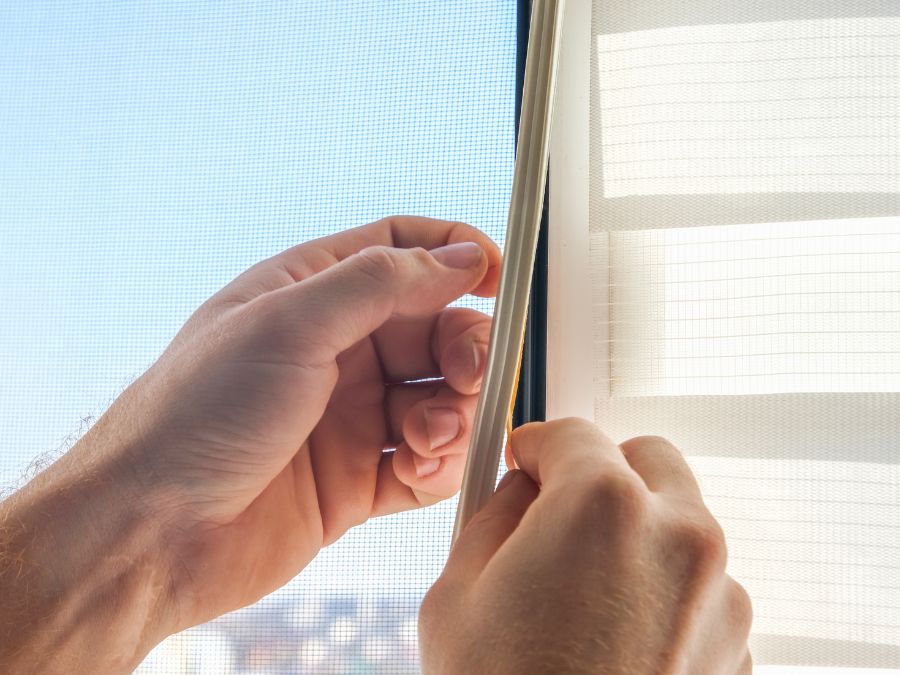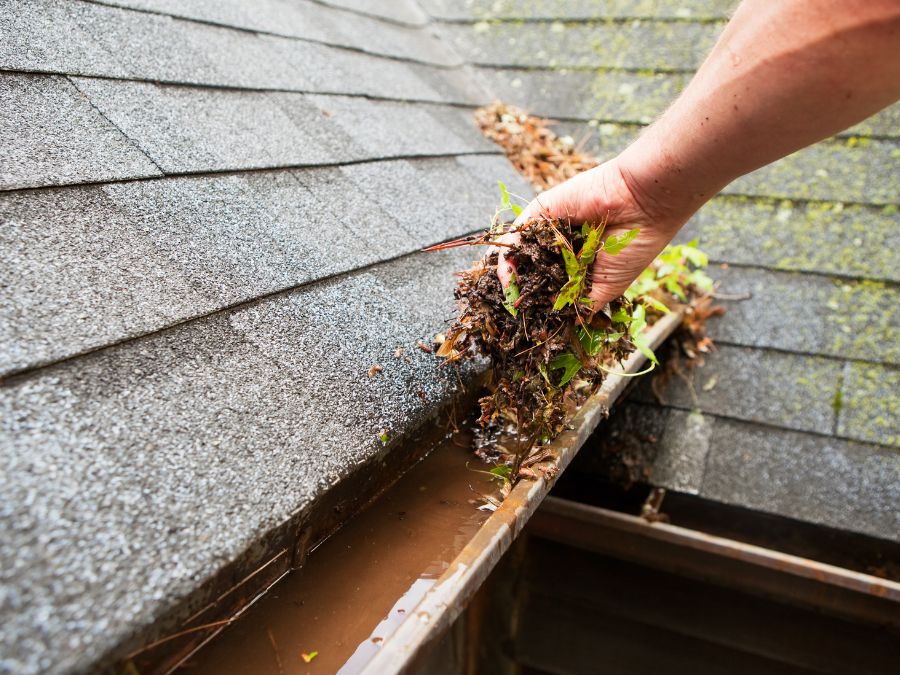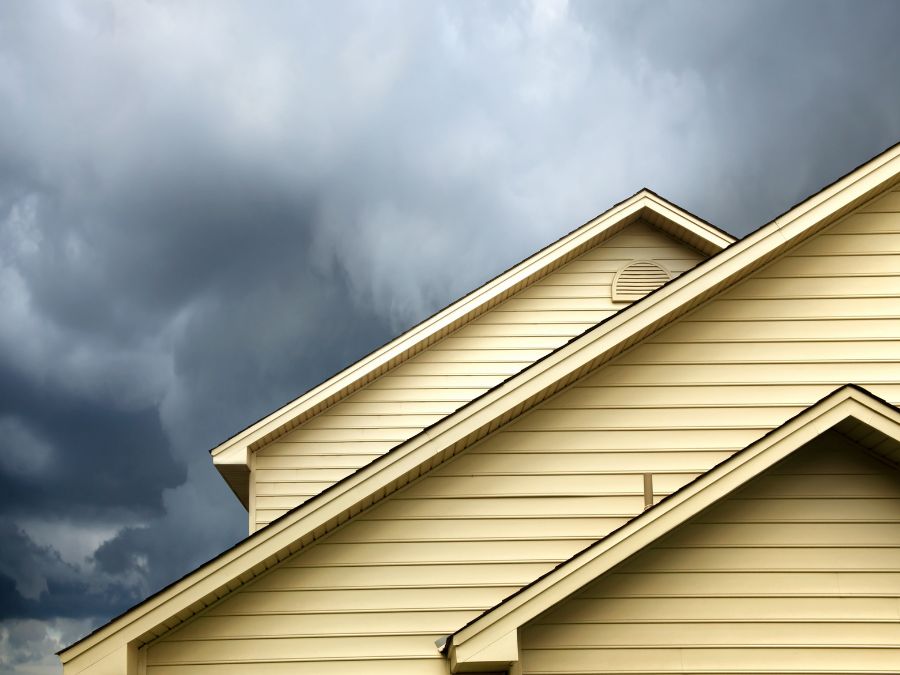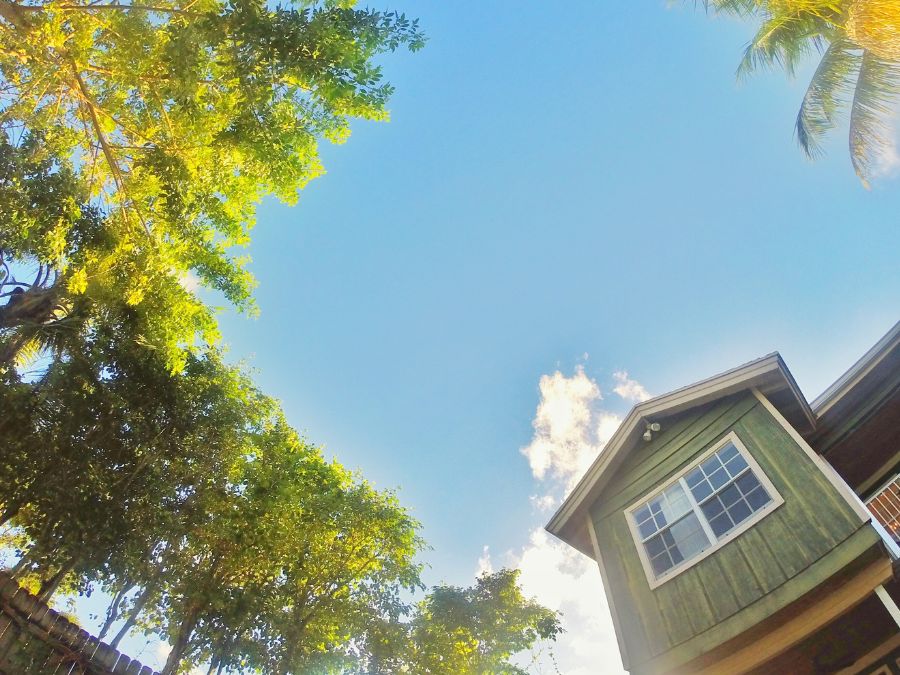Let’s face it—Mother Nature doesn’t mess around. Whether it’s scorching summer heat, flash floods, high winds, or just the relentless humidity of the coastal South, weather can quietly (or not-so-quietly) wreak havoc on your home. And here in the Lowcountry, the combo of salty air, storm threats, and heavy rains means your house needs more than just a little TLC—it needs full-on protection.
The good news? You don’t need to panic or build a bunker. There are several proactive, affordable steps you can take to prevent serious weather-related damage. In this guide, we’ll explore the best ways to weatherproof your home, boost its resilience, and keep those emergency repair bills at bay. We’ll also highlight local experts like Island Sprayfoam, who specialize in fortifying your home from the inside out.

1. Seal the Cracks Before the Storm Hits
Tiny cracks might not seem like a big deal—until driving rain or cold air sneaks in. Sealing your home’s envelope (windows, doors, attic gaps) is one of the simplest yet most impactful ways to prevent water damage and reduce energy loss.
Use weatherstripping around windows and doors, caulk up cracks in siding and trim, and don’t forget your attic or crawlspace. A well-sealed home holds temperature better, keeps moisture out, and even blocks out allergens and pests. It’s basic maintenance—but essential for weatherproofing.
2. Upgrade Your Insulation with Spray Foam
If your home still has fiberglass batts or cellulose insulation, it’s time for an upgrade—especially in a place like Hilton Head. Spray foam insulation doesn’t just regulate temperature—it acts as a moisture barrier and adds structural strength to your walls and roof.
That’s where Island Sprayfoam comes in. They specialize in high-performance insulation and are the best spray foam for homes in the Lowcountry, where humidity, mold, and air leakage are common enemies. Spray foam helps seal every nook and cranny, making it harder for weather-related damage to sneak in. Bonus: it also lowers your energy bills year-round.

3. Keep Gutters Clean and Drainage Flowing
Gutters might not be glamorous, but they’re your first line of defense against water damage. Clogged gutters lead to overflow, which can erode your foundation, rot siding, or flood your crawlspace—none of which is fun (or cheap) to fix.
Make sure your gutters are cleaned at least twice a year and that downspouts direct water away from the house. Consider installing gutter guards if you’re surrounded by trees, and check the slope of your landscaping to ensure water drains properly.
4. Inspect and Maintain Your Roof & Siding
A few missing shingles or a loose siding panel can turn into thousands in repairs if a storm rolls through. That’s why regular inspections are key. Look for cracked shingles, peeling flashing, or soft spots on your roof, especially after a big weather event.
Have a professional check the integrity of your siding, soffits, and fascia too. These areas are often hit hardest by wind and rain. If your roof is older than 15 years, consider a professional evaluation. It’s better to replace proactively than reactively.
5. Anchor Outdoor Features & Install Storm Shutters
Outdoor furniture, grills, and yard décor can turn into projectiles during high winds or hurricanes. Anchor heavy items, store lighter ones when storms approach, and make sure fencing or sheds are reinforced.
Storm shutters or impact-resistant windows are a smart investment if you’re in a high-risk coastal zone. They protect your home’s interior and structure during wind-driven rain and flying debris. A little prep now can save you big later.

Don’t Wait for the Storm: Shield Your Home Now
The weather isn’t going to change—but your home can adapt. From sealing cracks and upgrading insulation to keeping up with gutters and roofs, small steps now can prevent major headaches later. The key is staying proactive, not reactive.
With trusted local pros like Island Sprayfoam by your side, you don’t have to go it alone. They understand the unique demands of Lowcountry living and can help you fortify your home against whatever the weather throws your way. Your home is your sanctuary—let’s keep it that way, rain or shine.
